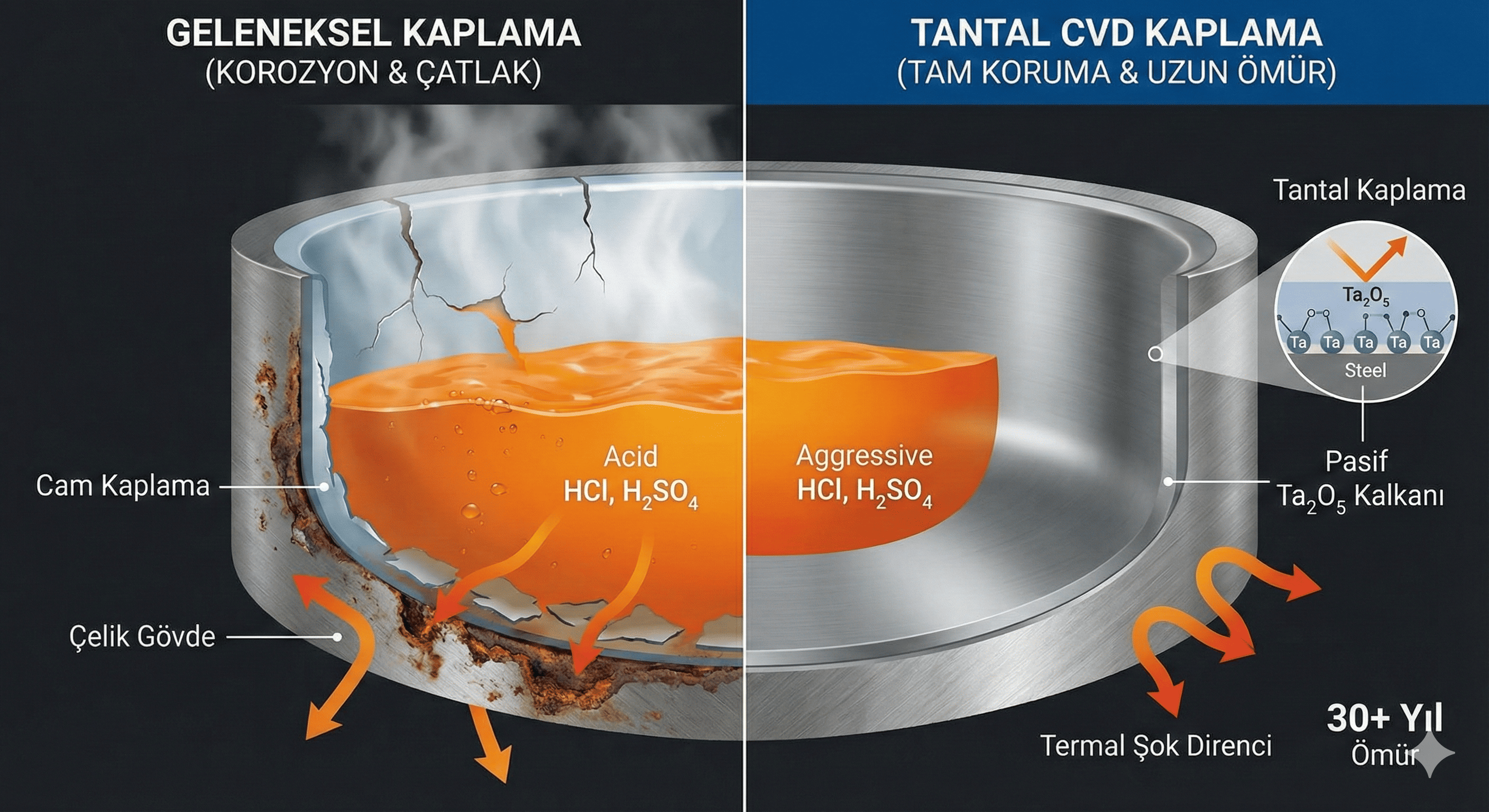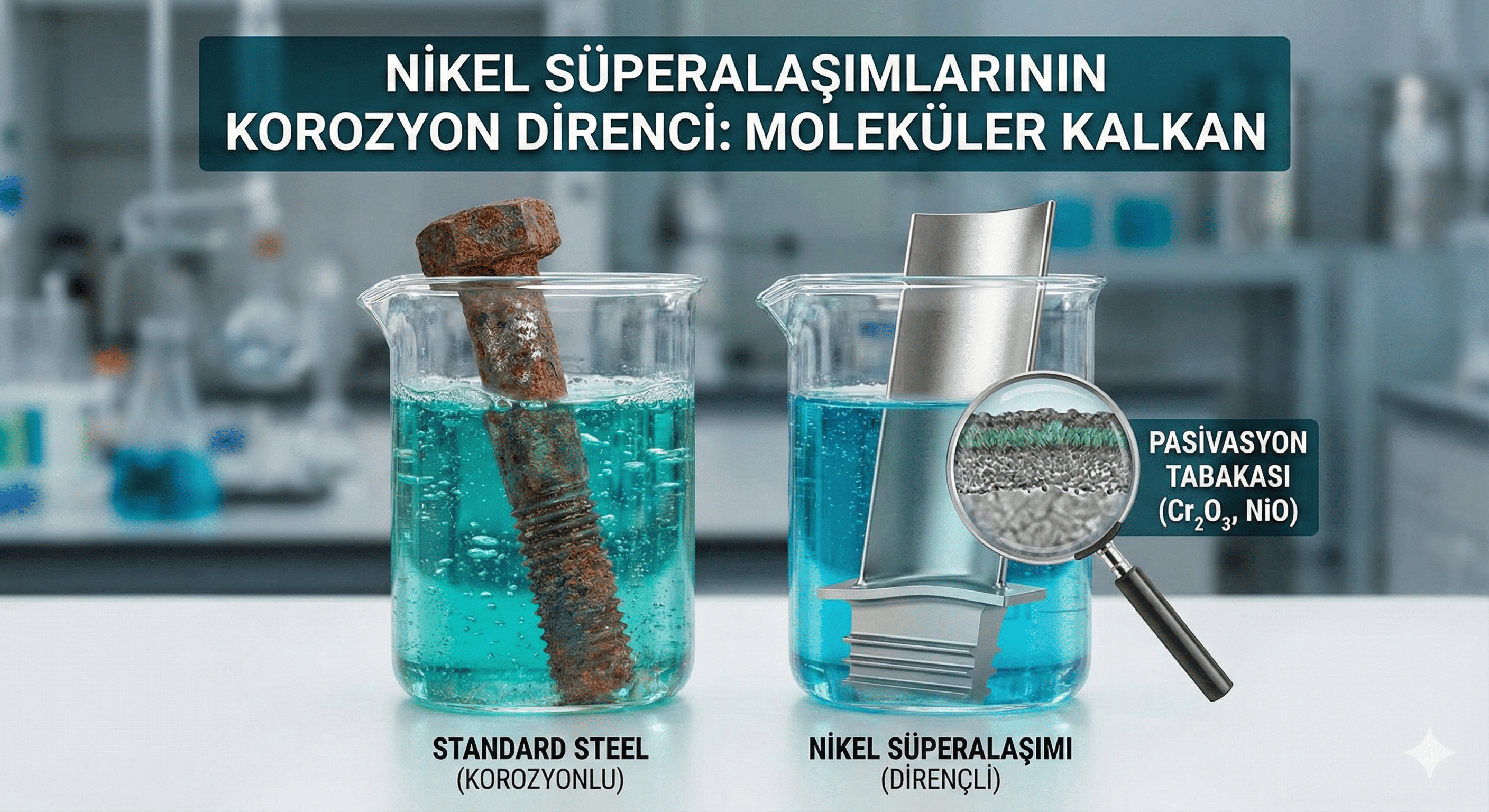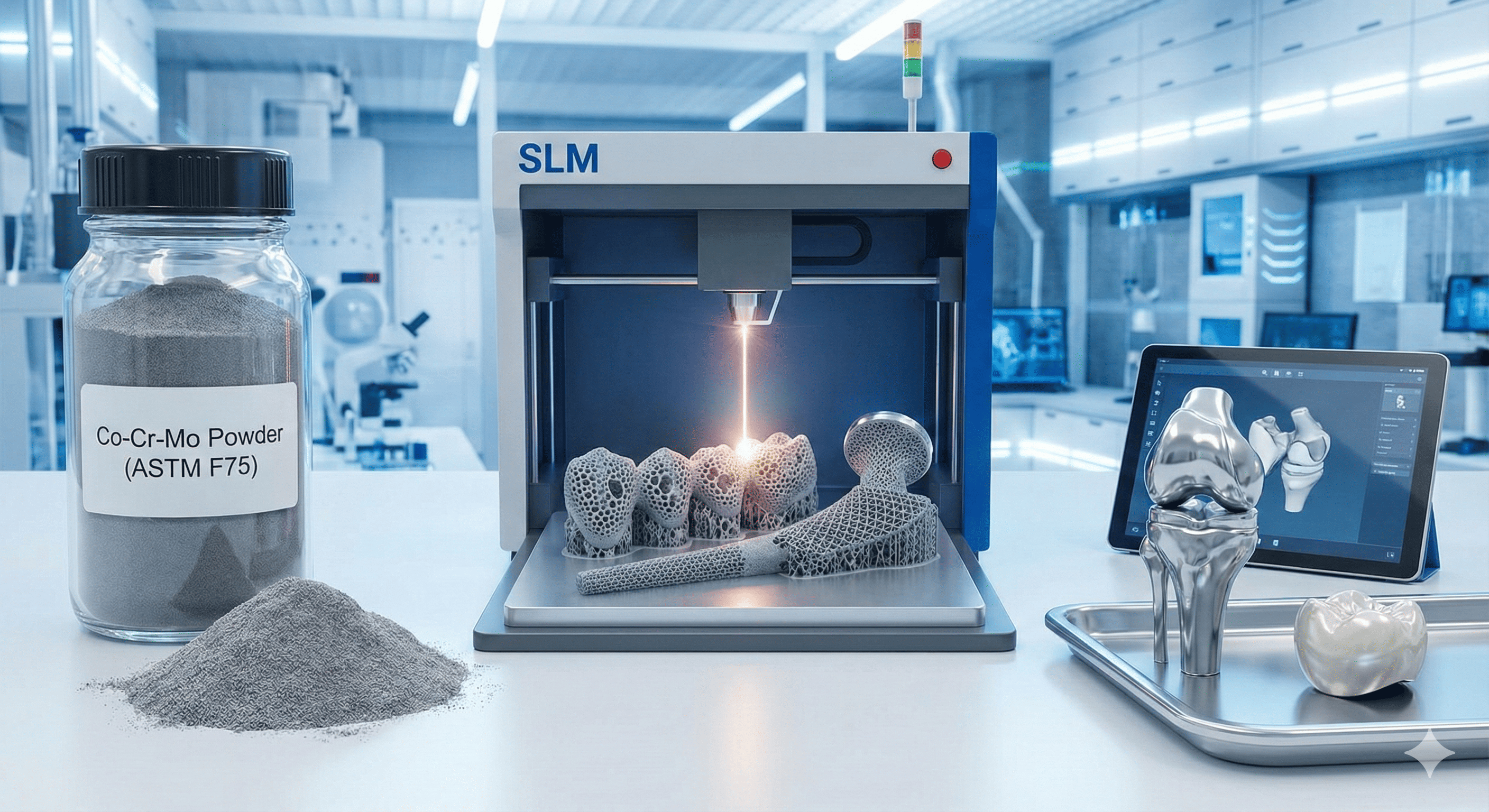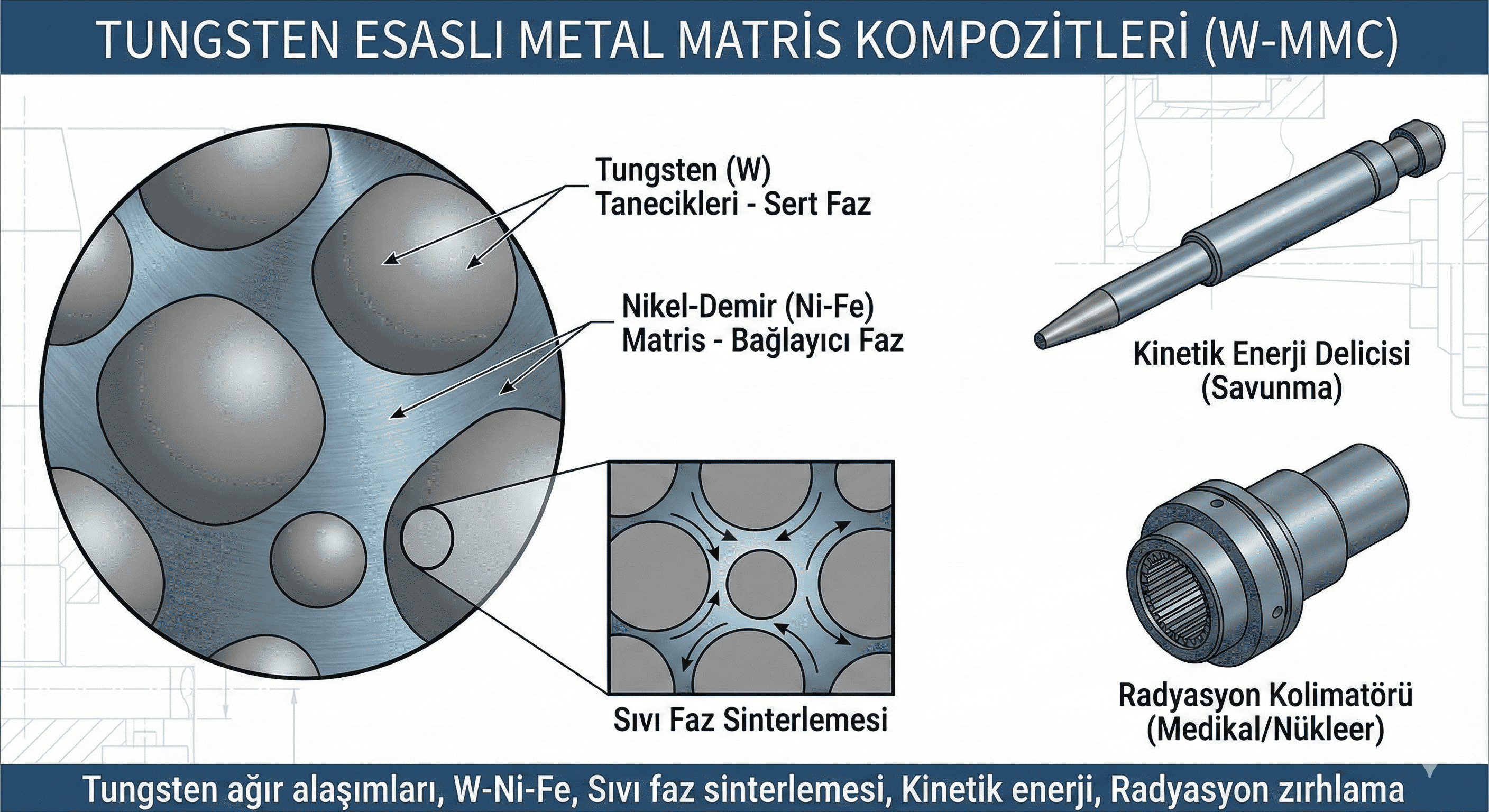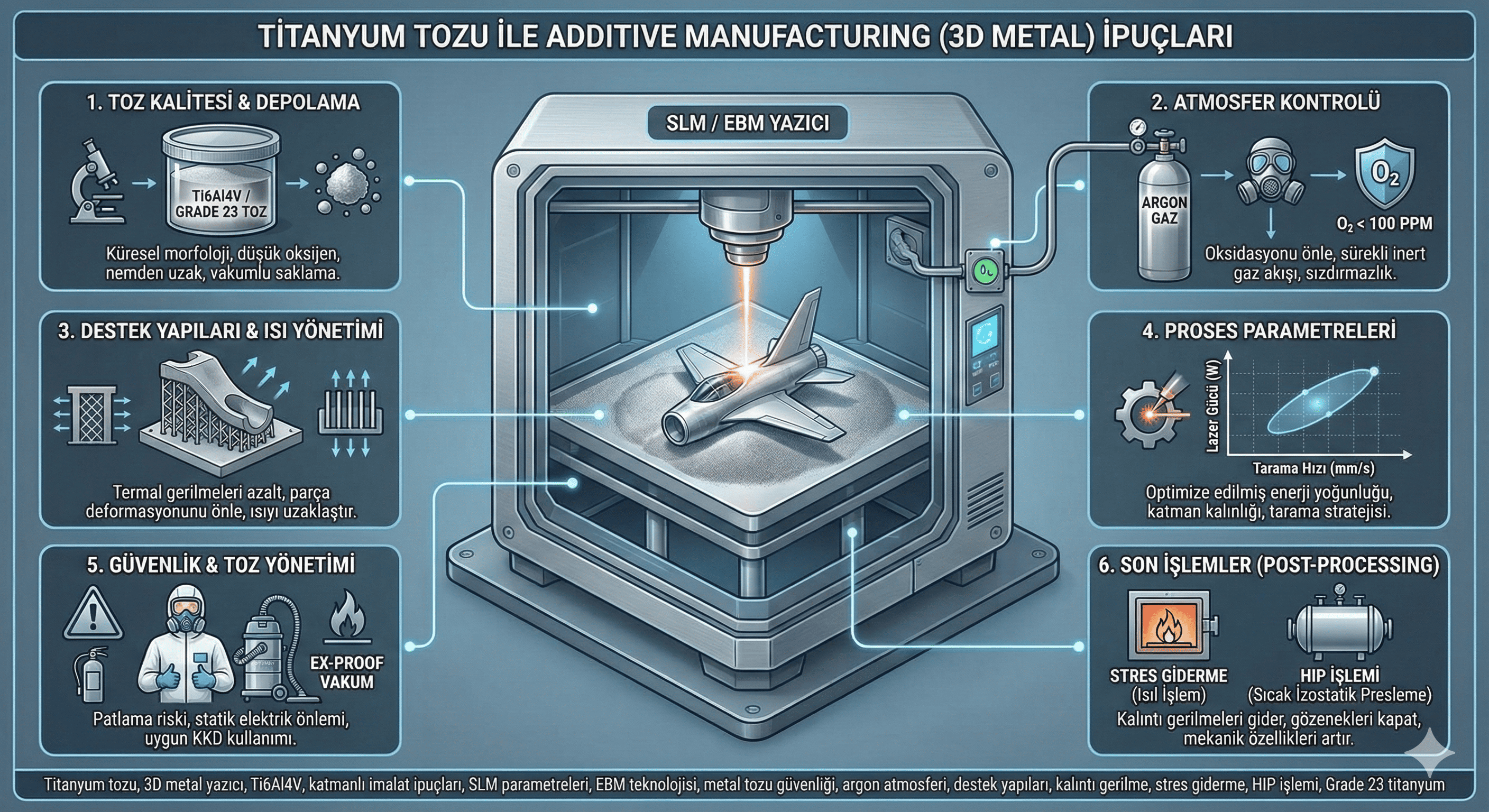Amorphous Silicon Nitride Powder: Properties, Synthesis, and Applications
Introduction
Amorphous silicon nitride powder (Si³N4) is a non-crystalline form of silicon nitride, a ceramic material known for its impressive hardness, thermal stability, and mechanical properties. Unlike its crystalline counterparts, amorphous silicon nitride lacks a long-range ordered structure, which imparts unique characteristics that can be advantageous for specific industrial and technological applications.
Chemical Properties
- Composition: Amorphous silicon nitride powder consists of silicon and nitrogen atoms in a roughly 3:4 ratio, forming a non-crystalline network. This structure contrasts with the well-ordered lattices of crystalline silicon nitride.
- Reactivity: Amorphous Si³N4 is chemically stable and resistant to most acids and bases. However, it can slowly react with water, especially under high temperatures, leading to the formation of silicon dioxide (SiO²) and ammonia (NH³). It is also resistant to oxidation up to moderately high temperatures.
- Surface Chemistry: The surface of amorphous silicon nitride powder can be modified to enhance its compatibility with other materials or to improve its properties for specific applications. Surface treatments can include coating with other materials or functionalization to improve performance in composites or catalysis.
Physical Properties
- Particle Size and Distribution: Amorphous silicon nitride powder typically consists of fine particles ranging from a few nanometers to micrometers. The particle size and distribution can be controlled during the synthesis process to meet specific application requirements.
- Density: The density of amorphous silicon nitride powder is generally lower than that of its crystalline forms due to the lack of a dense crystalline structure. This can influence its mechanical properties and behavior in composites.
- Mechanical Properties: While amorphous silicon nitride powder does not exhibit the same level of hardness as its crystalline forms, it still provides significant hardness and wear resistance. It contributes to the overall toughness and durability of materials when used as a filler or additive.
- Thermal Properties: Amorphous silicon nitride powder has good thermal stability, with a high thermal decomposition temperature. It maintains its structural integrity at elevated temperatures, making it suitable for high-temperature applications.
- Optical Properties: The optical properties of amorphous silicon nitride powder can vary based on particle size and surface characteristics. Generally, it exhibits low optical absorption in the visible range, which can be beneficial for optical coatings and photonic applications.
Synthesis Methods
- Chemical Vapor Deposition (CVD): CVD involves the reaction of silicon and nitrogen precursors at high temperatures to produce amorphous silicon nitride powder. This method allows for precise control over the powder’s characteristics, including particle size and morphology.
- Sol-Gel Method: In the sol-gel process, silicon and nitrogen precursors are hydrolyzed and condensed to form a gel. The gel is then dried and heat-treated to produce amorphous silicon nitride powder.
- Hydrothermal Synthesis: Silicon and nitrogen precursors are reacted in an aqueous solution under high temperature and pressure conditions to produce amorphous silicon nitride powder. This method can control the size and properties of the powder.
- Laser Ablation: Amorphous silicon nitride powder can be synthesized by ablating a silicon nitride target with a high-energy laser. The vaporized material condenses into fine particles, resulting in the formation of the powder.
- Thermal Decomposition: This method involves the thermal decomposition of silicon nitride precursors at high temperatures to form amorphous powder. The process can be controlled to yield powders with specific characteristics.
Applications
- Ceramics and Composites: Amorphous silicon nitride powder is used as a filler or additive in ceramic and composite materials. It enhances the mechanical strength, wear resistance, and thermal stability of these materials.
- Electronics and Optoelectronics: The powder is used in electronic and optoelectronic devices for applications such as insulating layers, dielectric materials, and optical coatings. Its thermal and electrical properties make it suitable for these uses.
- Catalysis: Amorphous silicon nitride powder serves as a support or catalyst in various chemical reactions. Its high surface area and chemical stability make it effective in catalytic processes, including those used in environmental and industrial applications.
- Thermal Insulation: Due to its thermal stability, amorphous silicon nitride powder is used in thermal insulation applications. It helps to improve the thermal management of devices and components operating at high temperatures.
- Biomedical Applications: The biocompatibility of silicon nitride powder makes it a candidate for biomedical applications such as implants and scaffolds in tissue engineering. It can be used to develop materials with specific mechanical and biological properties.
Safety and Handling
- Toxicity: Amorphous silicon nitride powder is generally considered to have low toxicity. However, fine particulate matter can pose respiratory risks if inhaled. Proper safety measures should be observed.
- Protective Measures: When handling silicon nitride powder, use personal protective equipment (PPE) such as dust masks, safety goggles, and gloves. Work in a well-ventilated area or fume hood to reduce exposure to airborne particles.
- Storage: Store silicon nitride powder in airtight containers to avoid contamination and moisture absorption. Keep it in a cool, dry place to maintain stability and prevent degradation.
Conclusion
Amorphous silicon nitride powder offers a range of valuable properties, including hardness, thermal stability, and chemical resistance. Its unique characteristics make it suitable for a variety of applications in ceramics, electronics, catalysis, and biomedical fields. Understanding its synthesis methods, properties, and safety considerations is essential for effectively utilizing this advanced material in innovative technologies and industrial processes.
Feel free to ask if you have more questions or need additional information!

